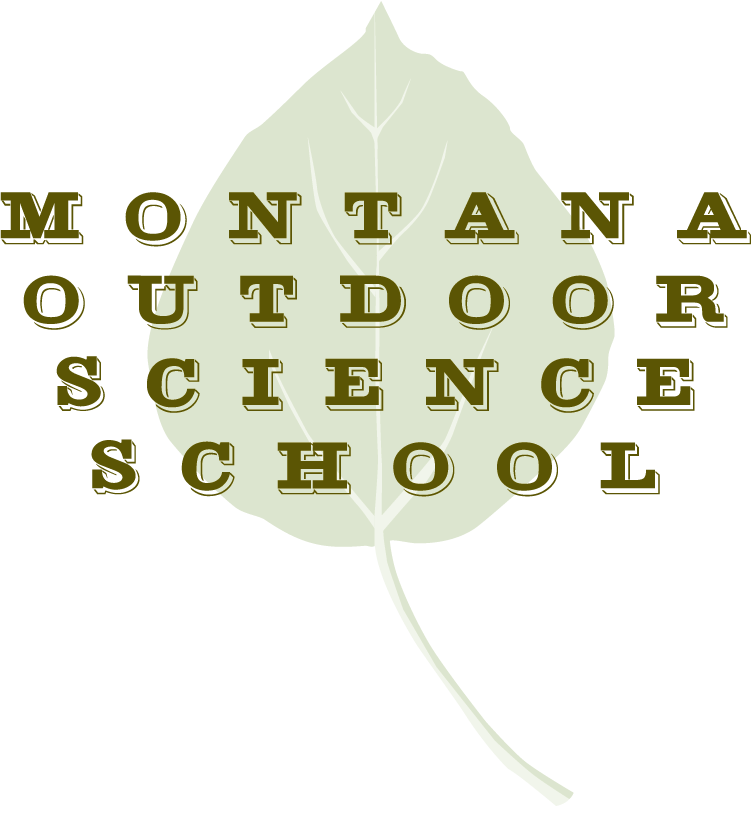Would You Rather?
by Lex Hinchey
Field Note #11
Quaking Aspens in Autumn breezes. Image by MizC
We play this game when we’re kids, asking each other to choose between two nearly impossible answers, mostly for the sake of laughter. This game evolves when we play as adults, often yielding self-reflection. Why did I make that choice?
“Would you rather lose your sight or your hearing?” is a question I think about frequently as someone who seeks out sensory stimulation from nature. My answer has always been and always will be sight.
Life has led me down dozens of paths in the great outdoors, literally and figuratively, and I carry a collection of search images of sweeping landscapes, trail treasures, wildlife interactions, and mysteries I’ve seen over the last 34 years. The “one time I saw” stories that allow me to connect with clients or students, friends or family, act as bookmarks for chapters of my life so I can look back and reflect on the most significant postcard moments as a naturalist. I’ll never admit to having seen it all, but I can comfortably say that if I lost my sight today, I’d have seen enough.
So many of us grow up inside quiet worlds of our own. Mine included sitting quietly during summer days among whistling Northern cardinals and evenings filled with buzzes and clicks of insects in central Pennsylvania. This was my foundational playlist, and it wasn’t until I migrated west that I sought out the full experience of existing in nature and began listening in Montana.
The gut-wrenching human-like scream of a mountain lion. The drumline of basketball-sized rocks tumbling down a scree field on Storm Castle. Clacking teeth from a black bear hidden in the understory in the north Bridgers. The sudden “whoomph” of a layer of snow breaking its hold before it comes racing down a slope outside of West Yellowstone. The sources of these sounds weren’t seen but caused a reaction. Fight? Flight? I’ve seen dozens of predators and natural disasters, but I’ve only truly felt them when I’ve heard them.
But what about the sounds that allow us to react with stillness? What about sounds in nature that create security or peace and joy? Personally, I find them sitting next to a small stream or listening to the Western Meadowlarks on long runs through the sage. I’ll always feel it during a concert of “pops” and “cracks that comes from a raging campfire. I feel calm, a sense of place, and am enveloped in an environment of focus listening to these songs.
But it can’t just be me. Most people can close their eyes and imagine sounds in nature that generate certain feelings for them; thunderstorms, chirping birds, waves crashing on the beach. The scientific evidence strongly suggests that this isn’t just a coincidence from our quieter days existing in caves. Numerous studies have been conducted showing the emotional, cognitive, and physical effects of natural soundscapes for humans.
For example, exposure to sounds of water in nature often masks other auditory distractions, which allows for a stronger ability to focus and lower stress levels. It’s no surprise urban areas often incorporate water features in manicured landscapes like city parks and gardens. But you can find me wandering on a gravel bar on the East Gallatin instead.
Understanding that animals use sounds to communicate with others is not revolutionary. Even as a human, I can spend time simply listening to birds in my backyard and decipher their conversations. I may never truly understand what they’re talking about, but I can still benefit by proxy from feeling a sense of
security among other beings and letting my guard down to relax. They tell me I’m not alone. I welcome the early morning alarms of Northern Flickers and coo-ing doves. No synthesized “Bird Songs” on Spotify needed.
Whether as forms of communication from animals or as a side effect of natural phenomena, sounds in nature require us to listen so we can feel. What am I being told? What am I being warned about? What can I experience in this moment? Hearing can require us to react in a way of surviving or simply in ways of being, especially when, as naturalists, we can take the time to learn and truly understand what we’re a part of.
I can feel myself slipping into the seemingly silent existence that is a Montana winter. The limited frequency and types of positively affecting natural sounds puts me in a deep survival mode, so I’ve always had to find human-created soundscapes to fill the noiseless days outside. The snow mutes and the cold halts.
But, as winter fades in May in Montana, we leave behind the silence that we’ve kept. Days now begin with choruses of “cheery, cheery, cheerio” from American robins and two-note whistles from black-capped chickadees. We can hear gentler winds dancing through the branches of limber pines and babbles and bubbles from melting streams. I can start looking forward to the echoes of bugling bull elk come September as we move through the year again.
Marking a welcome change of seasons suddenly brings me back to life. So, I let myself go silent to make my ears do their job; to help my brain remember the friends and songs it hasn’t heard from for the better part of a year coming off a winter that feels like it would never end. And to remind myself that even though I don’t always see nature, I can still feel it. And I would rather hear it.


